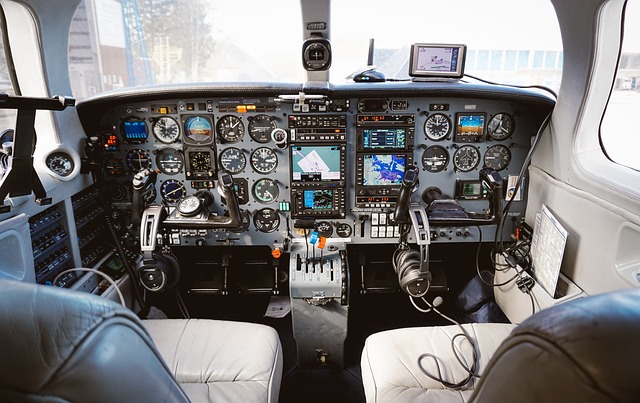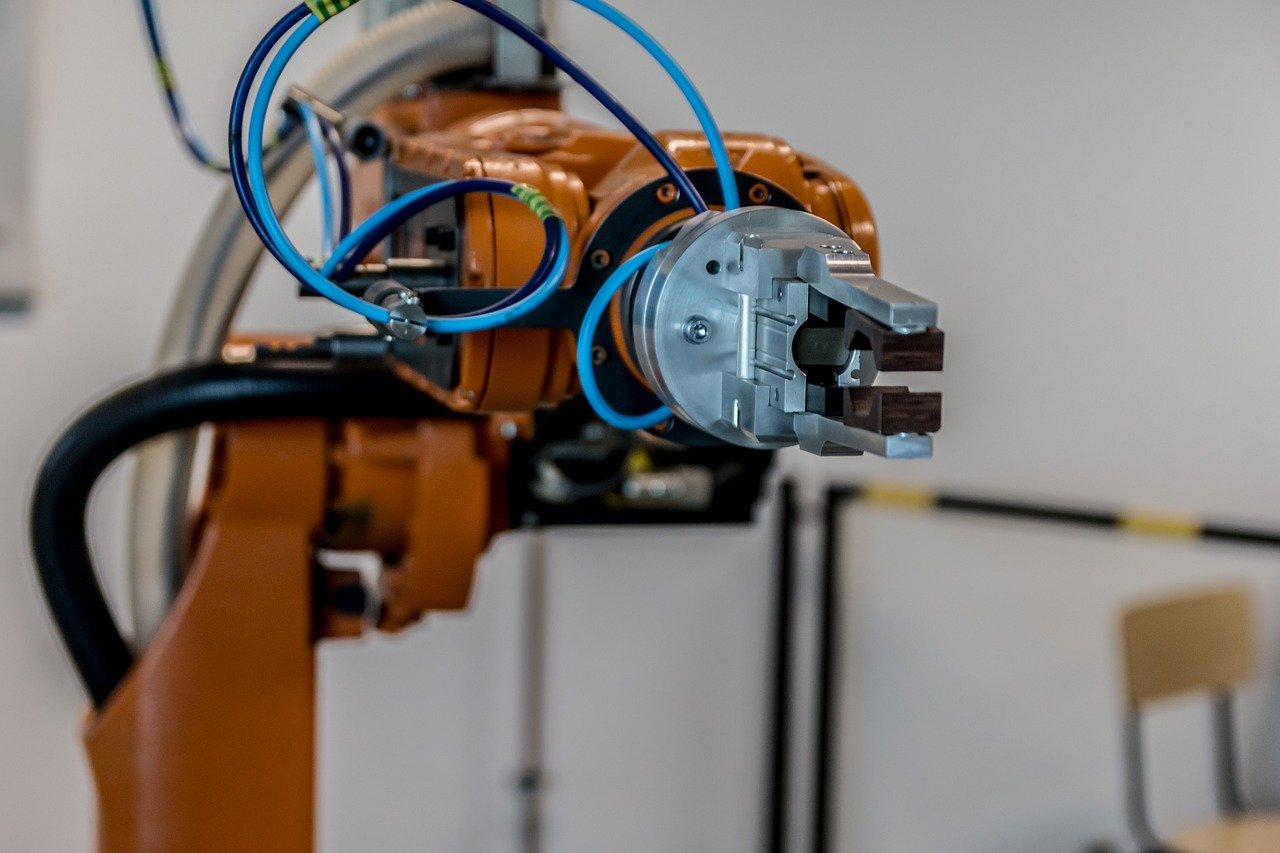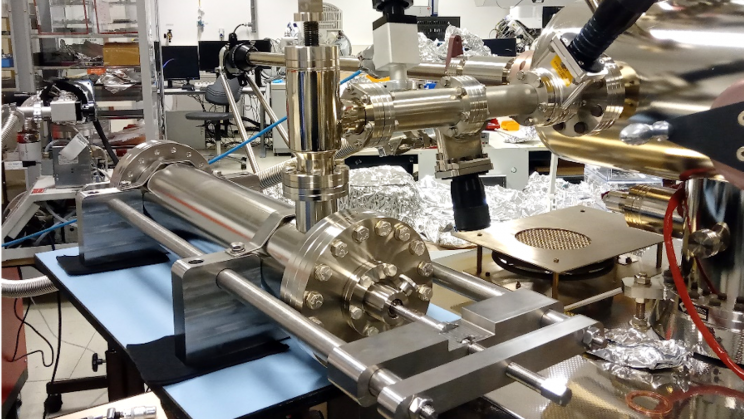Aviation maintenance is a critical aspect of aviation safety, which requires skilled personnel with extensive knowledge and technical expertise. Flight safety could be affected by some common issues despite the high standard of maintenance. Whether it could be mechanical issues, compliance regulations, or improper maintenance practices, these issues can cause significant downtime and costly repairs. The following are the five most common issues in aviation maintenance and their impact on airline safety.
- Human Factors
Fatigue, lack of training, communication breakdowns, and complacency are examples of human factors that could lead to errors in maintenance. These factors can lead to severe issues like skipped inspections or parts change, repairs with improper procedures, and low-quality workmanship.
To minimize the risk of human error, aviation maintenance companies must take steps to ensure their staff undergo regular training and maintain the highest safety standards. Additionally, it is advisable to have multiple layers of verification and checks in place to prevent human error from causing accidents or failures. Regular monitoring and reporting of the maintenance process can also help identify and rectify any issues caused by human error.
- Improper Maintenance Practices
Maintaining an aircraft to the manufacturer’s recommended standards is crucial to ensure reliable and safe operation. Unfortunately, improper maintenance practices like ignoring required maintenance or overhauling engine parts can lead to more significant problems in the future. Effective maintenance management requires attention to documentation, scheduling, and inventory management. Proper record-keeping and tracking of maintenance operations can help ensure all maintenance processes are done according to specifications and regulations.
- Limited Accessibility to Parts
Some parts may only be available from manufacturers, and shipping can take a considerable time. This challenge leads to a shortage of specialized aircraft parts, making it challenging for maintenance personnel to repair and maintain aircraft regularly. Regular maintenance is crucial for air safety, and this challenge highlights the need for a robust aircraft accessories supply chain that ensures the timely delivery of parts.
- Communication Errors
Poor communication in aircraft maintenance between maintenance personnel, aircrew, and other stakeholders can have devastating consequences and result in the misinterpretation of maintenance procedures, leading to critical errors that may result in accidents. Aviation maintenance professionals must ensure effective communication when performing maintenance tasks, including communicating maintenance procedures adequately to ensure that all personnel involved in aircraft maintenance are on the same page. Effective communication can prevent accidents and ensure timely repairs.
- Instrument Malfunctions
Despite rigorous maintenance schedules, equipment failure still occurs, and it is one of the most significant dangers in aviation maintenance. There are many potential reasons for equipment failure, including high cycle fatigue, corrosion, and undetected defects. Aging aircraft and engines are especially vulnerable to equipment failure, as the components can become worn out over time. Equipment failure can result in machinery breaking down, which can lead to minor to severe accidents, injuries, and fatalities.
Endnote
Correctly identifying the most common challenges facing aviation maintenance can assist airlines in taking appropriate measures to ensure safety and efficiency. Human error, improper maintenance practices, limited accessibility to parts, and communication error instrument malfunctions are among the most significant challenges in aviation maintenance. By recognizing these issues, airlines can ensure proper maintenance procedures are followed, maintain compliance with aviation bodies, and ensure the safety of passengers and crew onboard.







